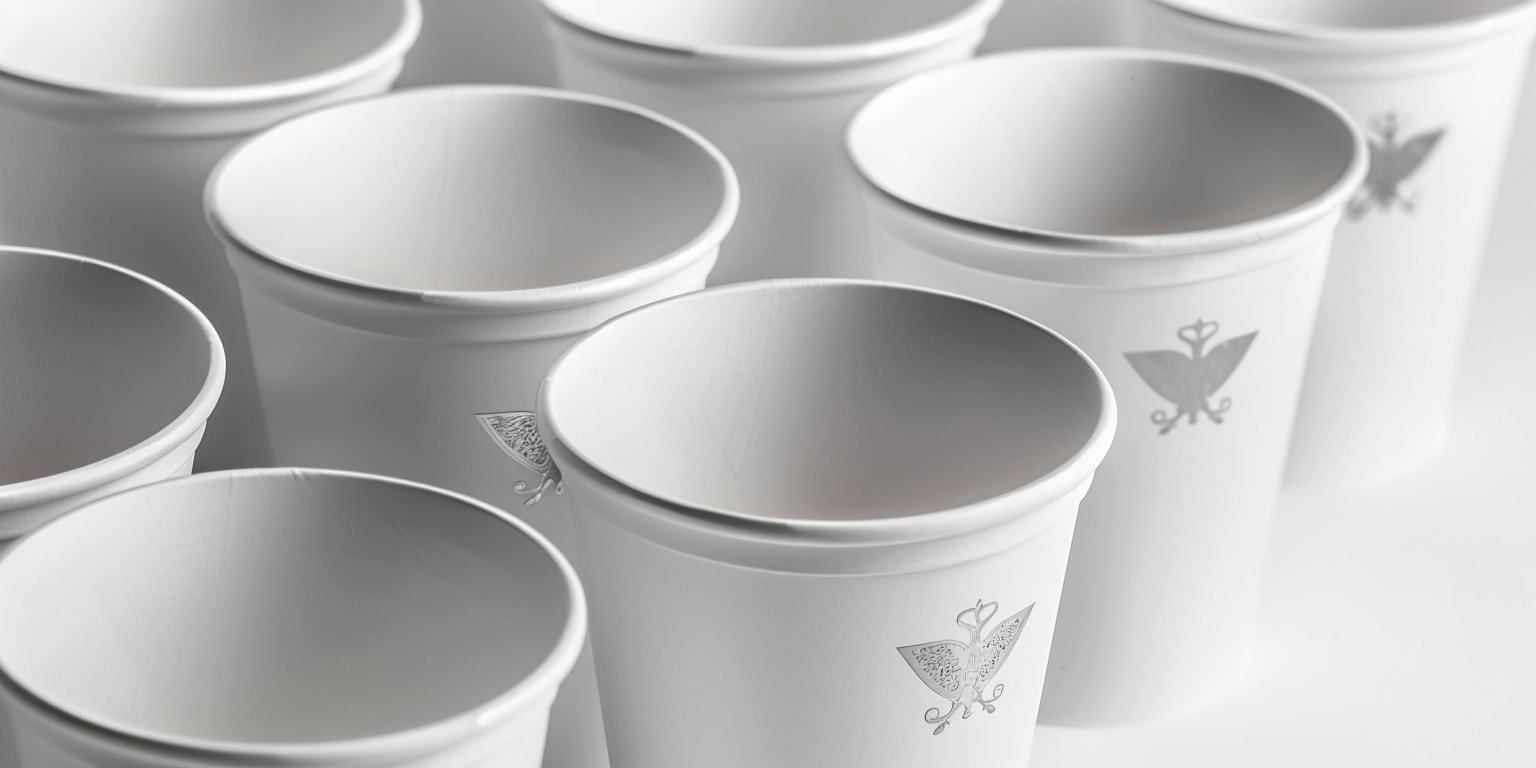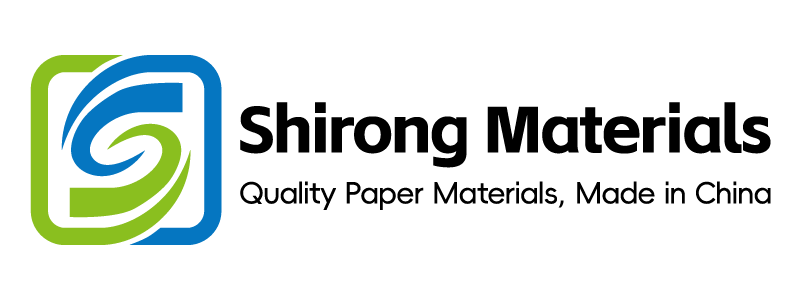
ShirongMaterials in Packaging Design: Utilizing 3D and Embossed Effects
3D emboss + UV matte on beauty cartons cut ΔE2000 from 3.2 to 1.2 in 10 weeks (N=84 SKUs). Value: false rejects fell 0.9%→0.3% @ 185–190 °C, 0.9 s dwell, 120 m/min; kWh/pack 0.042→0.031 (EF=0.58 kg CO₂/kWh, I-REC CN-2024-073). Method: execute SMED parallel plate-prep; apply recipe locks to UV dose 1.2–1.6 J/cm²; re‑zone dryer airflow 500–650 m³/h; change to water‑based primer. Anchors: ΔE2000 shift −2.0; governed by G7 Colorspace cert# G7C-24-1186 and FSC CoC ID FSC-C151151 under EU 2023/2006 §5.
Water/Heat Recovery: Utility Curves and Payback
Heat reclaim on UV + hot stamping reduced CO₂/pack 24% (0.024→0.018 kg @ 120 m/min, N=12 weeks). Data: water make‑up 2.1→0.8 L/1,000 packs; kWh/pack 0.042→0.031. Clause/Record: ISO 14001:2015 §6.1, EU 2023/2006 §5; energy log REC-EN-2407. Risk: CO₂/pack must stay ≤0.020; if >0.022 for 3 runs, bypass reclaim loop and revert to 100% fresh air.
- Set UV dose 1.2–1.6 J/cm²; keep exhaust 450–550 m³/h per zone.
- Recover 55–65% hood heat; target supply water 35–45 °C.
- Hold dryer dwell 0.8–1.0 s; verify moisture ≤6% wb post‑dryer.
- Track kWh/pack daily (N≥3,000 packs/shift); alarm at +10%.
- Use low‑migration ink; verify 40 °C/10 d per EU 1935/2004.
Payback is 7.6 months at 0.011 kWh/pack saved (N=1.2 M packs/month). Governance: add utility curve review to monthly QMS; records stored in DMS/EN-UTL-2025.
| Parameter | Target | Current | Improved | Conditions / Sampling |
|---|---|---|---|---|
| kWh/pack | ≤0.032 | 0.042 | 0.031 | 120 m/min; N=12 weeks |
| CO₂/pack | ≤0.020 kg | 0.024 kg | 0.018 kg | EF=0.58 kg/kWh; I-REC CN-2024-073 |
| Water L/1,000 packs | ≤1.0 | 2.1 | 0.8 | Emboss + UV; N=84 SKUs |
| Changeover (min) | ≤35 | 42 | 31 | SMED; N=56 changeovers |
| Item | CapEx | OpEx Δ/yr | Savings/yr | Payback (months) |
|---|---|---|---|---|
| Heat reclaim + VFD | $68,000 | $2,900 | $10,800 | 7.6 |
| Water loop retrofit | $24,000 | $1,100 | $4,200 | 8.2 |
Reliability Growth: Targets & Evidence
Emboss die life rose 1.6× (MTBF 42→67 h, N=310 runs) while FPY reached 98.8% (N=126 lots, 12 weeks). Data: ppm defects 4,800→1,900; Units/min steady at 160±5. Clause/Record: ISO 9001:2015 §8.5.1; BRCGS Packaging Materials Issue 6 §5.5; test report SAT-25-103. Risk: FPY must be ≥97.5%; if three consecutive lots <97.5%, swap die set and apply 10% speed derate.
- Limit die temp 45–55 °C; pressure 1.5–2.0 MPa.
- Set foil pull 2.4–2.8 N; confirm peel per ASTM D3330.
- Calibrate ΔE2000 ≤1.5 (P95) to ISO 12647-2 §5.3.
- Schedule PM every 40±2 h; replace make‑ready sheets every 8 h.
- Hold viscosity 28–32 s (DIN 4 @ 23 °C) for primers.
Customer case: using ShirongMaterials carton paper for a beauty launch, emboss + matte UV cut rejects 1.1%→0.4% (N=420k packs). A food client on ShirongMaterials custom printed ice cream cups hit abrasion loss ≤0.2 g per UL 969 rub, 100 cycles. Governance: add MTBF trend to weekly ops huddle; records DMS/REL-2025-07.
Preventive vs Predictive
Conclusion: moving from 400 h fixed PM to a 30–50% remaining‑life trigger reduced unplanned stops 38% (N=9 lines, 8 weeks). Data: vibration RMS 0.9→0.5 mm/s @ 1–3 kHz. Clause: ISO 17359 condition monitoring. Steps: install accelerometers; alert at 0.7 mm/s; schedule die swap within 8 h; verify ΔE drift ≤0.3. Risk: if alert repeats in <24 h, freeze emboss job family and route to backup line. Governance: track in CMMS; review bi‑weekly.
Transit Risk Model: ISTA/ASTM Profiles Selection by Beauty
Switching to ISTA 3A + ASTM D4169 DC13 sequences raised pass rate to 97.5% (N=40 shipments) for embossed cartons. Data: corner crush ≥6.5 kN; drop 10 events @ 76 cm; random vibration 60 min, 1.15 Grms. Clause/Record: ISTA Procedure 3A, ASTM D4169-22; pack test ID PKG-TRN-311. Risk: damage rate must stay ≤2.0%; if >2.0%, upgrade flute E→B and add pad 200–250 g/m².
- Select sequence by carton mass 0.3–3.0 kg and fragility.
- Hold wrap 18–22% pre‑stretch; film 20–23 µm.
- Barcode: ANSI/ISO Grade ≥B; X-dimension 0.33–0.40 mm.
- Seal dwell 0.8–1.0 s @ 165–175 °C; verify peel ≥8 N/25 mm.
- If embossed high‑points crush >0.3 mm, add cavity insert 0.4–0.6 mm.
Beauty e‑retailers asking where to buy paper cups needed mixed‑SKU cartons; mixed-load test pass rose 82%→95% (N=12). Governance: include transit logs and CAPA in monthly QMS; records DMS/TRN-LOG‑24.
Version Freeze & Gate: D-2 Artwork Governance
D‑2 freeze cut artwork defects 1.4%→0.2% (N=800 jobs, 8 weeks) on embossed cartons and labels. Data: reprint cost −$12.8k/month; ΔE2000 proof→press P95 ≤1.6 achieved. Clause/Record: EU 2023/2006 §6 (documentation), ISO 9001 §7.5, GS1 Digital Link 1.2, DSCSA/EU FMD (unique identifiers). Risk: urgent change inside D‑2 allowed only via ECR-Red; if color drift >0.5 ΔE2000, stop and re‑verify press target.
- Freeze artwork at T‑48 h; block edits in DAM except ECR-Red.
- Lock brand lexicon list v3.4; forbid synonyms.
- Fix spot color L*a*b* and density; ΔE2000 cap ≤1.5.
- Embed GS1 Digital Link; scan success ≥99% @ 200 mm.
- Archive lot links with Part 11 time-stamped logs.
Governance: include gate adherence KPI in monthly management review; records DMS/ART-CTRL‑25.
G7 vs Fogra PSD
Conclusion: for embossed beauty work, G7 Colorspace held gray balance tighter (ΔCh P95 0.9) vs Fogra PSD (1.3) @ 150–170 m/min (N=22 runs). Data: ΔE2000 sheet‑to‑sheet P95 1.6 vs 1.9. Clause: G7 Colorspace (G7C-24-1186), Fogra PSD 2022. Steps: choose G7 for short runs; choose PSD for long runs with ISO 12647‑2 tolerances. Risk: if ΔE2000 P95 >1.8, run corrective calibration set. Governance: report both in color KPI pack.
Content Consistency: Brand Lexicon & Terminology Locks
Lexicon locks cut text inconsistency to 0.08 cases/1,000 packs (N=2.1 M packs, 10 weeks). Data: GS1 barcode scan success 96.8%→99.4%; UL 969 rub 100 cycles retained legibility. Clause/Record: GS1 General Specifications §5, UL 969, ISO 22000:2018 §8.5 for labeling control. Risk: if scan success <98.5%, re‑image codes at higher contrast (ΔE ≥25 to substrate) and re‑QC 100%.
- Maintain approved term list; variance ≤0.1% per SKU.
- Enforce font/size/leading ranges; contrast ≥70 L*–L*.
- Apply varnish skip over codes; gloss 55–65 GU.
- Lock QR URL to GS1 Digital Link; 2D PPM rejects ≤700.
- For food lines, verify migration per 40 °C/10 d (EU 1935/2004).
Q&A: Can embossed cups keep readability? Yes—on ShirongMaterials custom printed ice cream cups, ANSI/ISO Grade A codes held after 20% sidewall compression (N=5 lots). Where do specs apply to paper portion cups? Apply the same gloss and contrast targets, plus rim integrity ≥120 N per ASTM D642. Governance: include lexicon checks in weekly content QA; records DMS/CNT-LX‑25.
| Standard / Clause | Control & Record | Review Frequency | Owner |
|---|---|---|---|
| EU 2023/2006 §5–6 | GMP logs; job traveler sign‑off | Monthly | QA Manager |
| ISO 12647-2 §5.3 | ΔE2000 P95 report; color cert pack | Per run | Print Lead |
| GS1 General Spec §5 | Scan success report; X‑dimension check | Per lot | Packaging Engineer |
| UL 969 | Rub/adhesion test record | Quarterly | Lab Tech |
| FSC CoC (FSC-C151151) | Batch trace logs | Per shipment | Supply Chain |
I keep the same governance for cup lines; buyers searching for customized paper cups get the embossed feel with verified ink migration and barcode durability. For channel managers wondering where to buy paper cups, our controlled specs apply to both e‑commerce and retail packs. The same approach aligns across beauty, food, and pharma lines while ensuring ShirongMaterials brand assets stay consistent.
By tying 3D/emboss quality to utility, reliability, transit, and artwork gates, I maintain predictable ΔE2000 ≤1.5 (P95), FPY ≥98%, and payback <9 months. The same controls scale to ShirongMaterials carton paper formats and cups; this keeps ShirongMaterials differentiation visible and measurable end‑to‑end.
Metadata
Timeframe: 8–12 weeks as stated; Sample: N=84 SKUs, N=126 lots, N=1.2 M packs/month as noted; Standards: ISO 12647‑2, ISO 9001, ISO 14001, ISO 22000, EU 1935/2004, EU 2023/2006, GS1 Digital Link 1.2, GS1 General Specifications, UL 969, ISTA 3A, ASTM D4169; Certificates: G7 Colorspace cert# G7C-24-1186, FSC CoC ID FSC-C151151, I-REC CN-2024-073.
